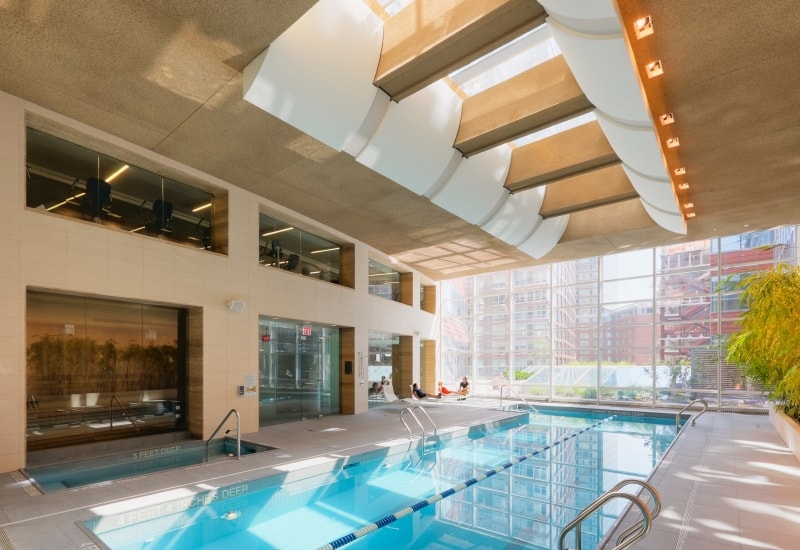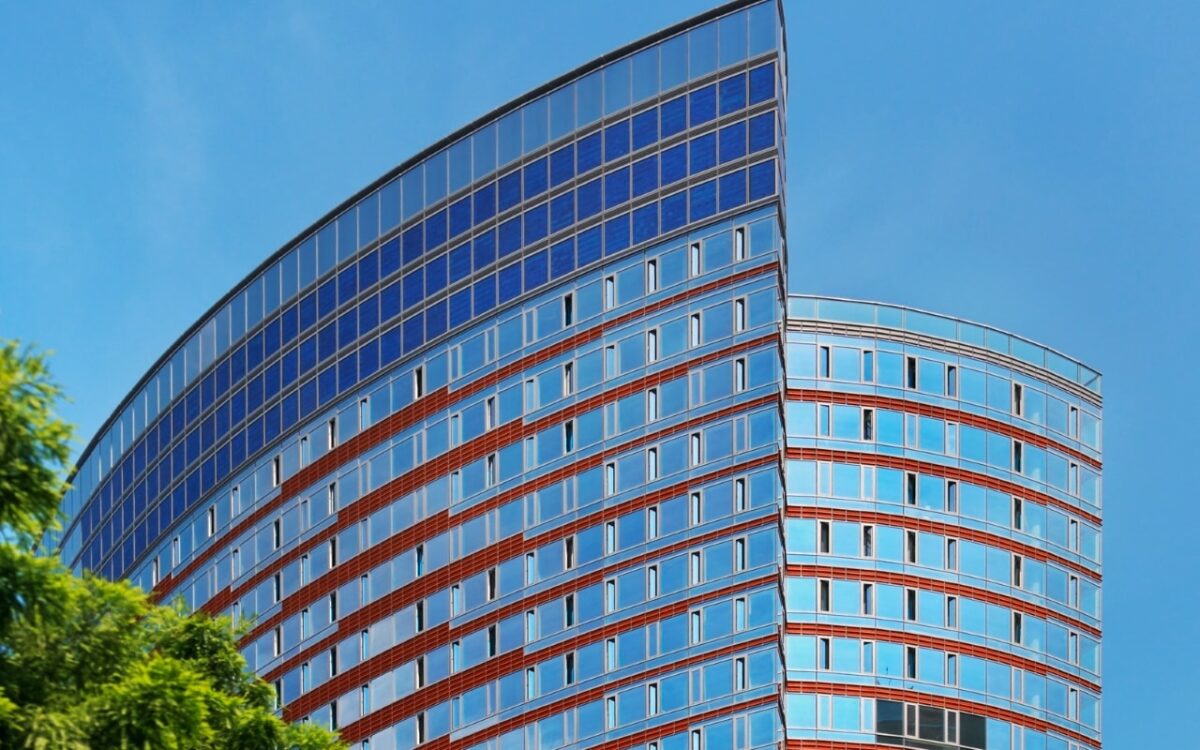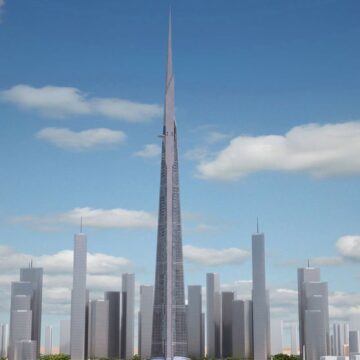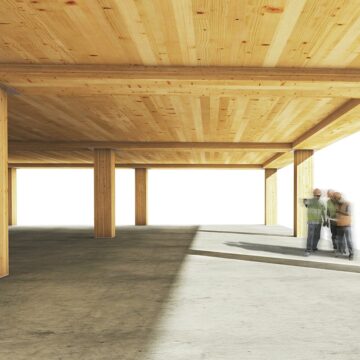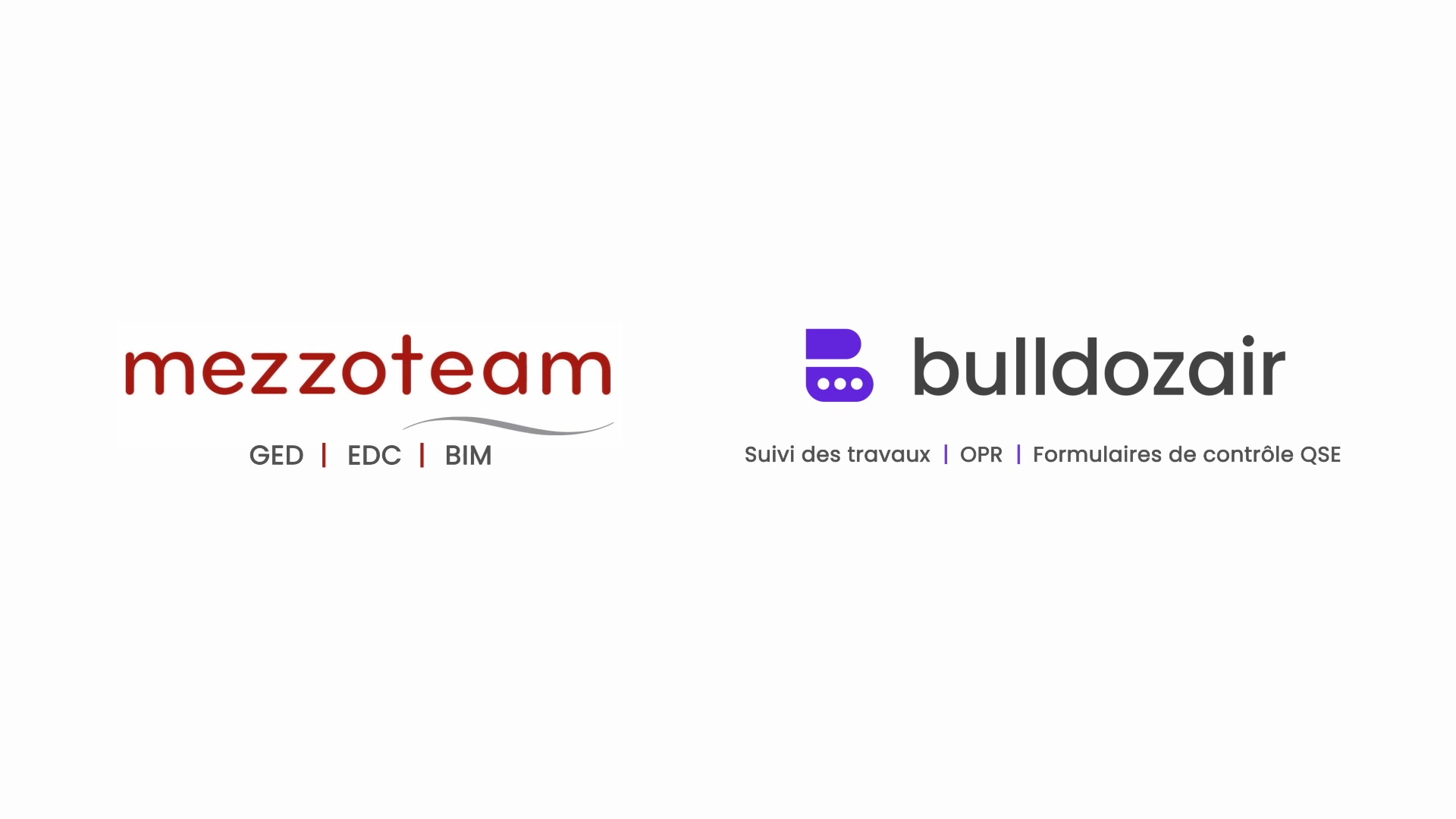Located at 70 Little West Street, New York, and completed in 2008, The Visionaire is the first LEED Platinum certificated condo at Manhattan and the first construction to attain this rating on the whole East Coast. With over 250 units ranging from studios to multiple bedrooms, this luxury construction was considered United States’ most green building at the time. The project was run by the Albanese Organization and Pelli Clarke Pelli Architects, having Turner Construction in charge of delivering this demanding project.
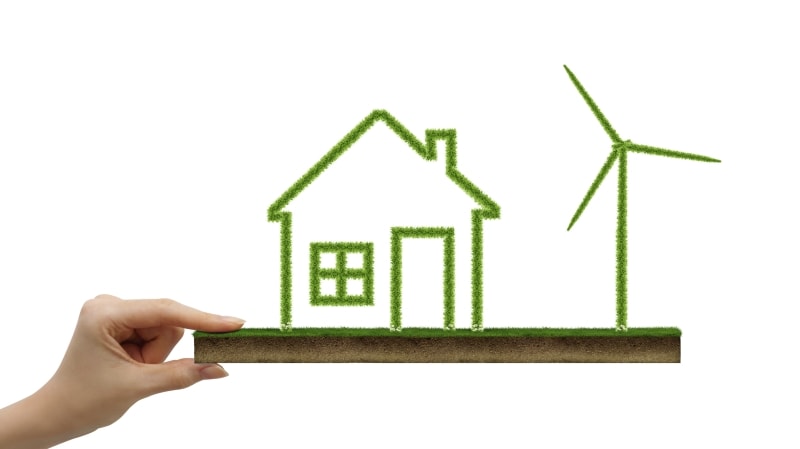
These days we can overhear everyone raving about a million ways to reduce our impact on the earth and therefore, many companies are opting to offer “green” solutions. However, this popularity also created a concept known as greenwashing. This phenomenon refers to company’s overusing and exaggerating their green practices to make users believe they are greener than they actually are. The practice extended to many industries, including construction and real state. This is the reason why the U.S. Green Building Council decided to expand the definition of green or sustainable buildings and create a certification system which consumers can trust and refer to when they are looking for environmentally-friendly real state.
This certification is called LEED and it stands for Leadership in Energy and Environmental Design. There are different types of LEED certification such as New Buildings, Existing Buildings, Interior Design, Homes, and Neighborhoods, however, the criteria for each one rests similar as all of these have the same purpose of protecting the environment. The certification is based in a point-system that showcases the level of sustainability of each construction according to meticulous criteria. The system goes from 0 to 136 points with the different rankings of Certified (40-49), Silver (50-59), Gold (60-79) and Platinum (80-136).

LEED certification point system is based on eight different criteria, allowing a precise identification of the building’s environmentally-conscious characteristics. The list of the criteria taken into account by the certification is:
- Energy and Atmosphere (EA): refers to the level of efficiency regarding energy consumption in the building and it measures insulation, air filtration, windows, duct tightness, space heating and cooling, domestic hot water, lighting, appliances and renewable energy.
- Sustainable Sites (SS): refers to the surroundings of the site and it analyzes the building’s general impact on its environment by reviewing site stewardship, landscaping, shading of hardscapes, surface water management, non-toxic pest control and compact development.
- Indoor Environmental Quality (EQ): refers to the quality of the environment inside the building and how appliances or ventilation systems are used to reduce the number of pollutants from air inside the construction. It takes into consideration combustion venting, moisture control, outdoor air ventilation, local exhaust, distribution systems, air filtering, contaminant control, radon protection and vehicle emissions protection.
- Materials and Resources (MR): refers to the use of green materials and management of waste from the site. It analyses material efficient framing, environmentally preferred products and waste management.
- Water Efficiency (WE): refers to practices that maximize efficiency in water consumption inside and outside the property. It grades water reuse, irrigation systems, and indoor water use.
- Innovation in Design (IN): refers to the use of innovating methods to improve environmentally friendly practices. This criterion reviews integrated project planning, quality management for durability and innovating design.
- Location and Transportation (LT): refers to the location of the building and its occupants’ transportation needs in order to achieve day-to-day activities. It takes into consideration site selection, preferred locations, infrastructure, community resources and access to open spaces.
- Regional Priority (RP): refers to specific conditions of the environment where the building is located and focuses on making sure the construction takes into consideration these specific occurrences, either naturally or man-made.
In order for The Visionaire to obtain such a high LEED certification for a new building and still maintain a luxury standard for its units, they had to fulfill most of the demanding criteria and obtain at least 80 points in the LEED certification score, which they did in only two years of construction. Every little aspect was considered, the building is placed in lower Manhattan, near the Hudson river and a park which grants residents access to open areas and commercial activities with walking distance, reducing the need for car transportation.
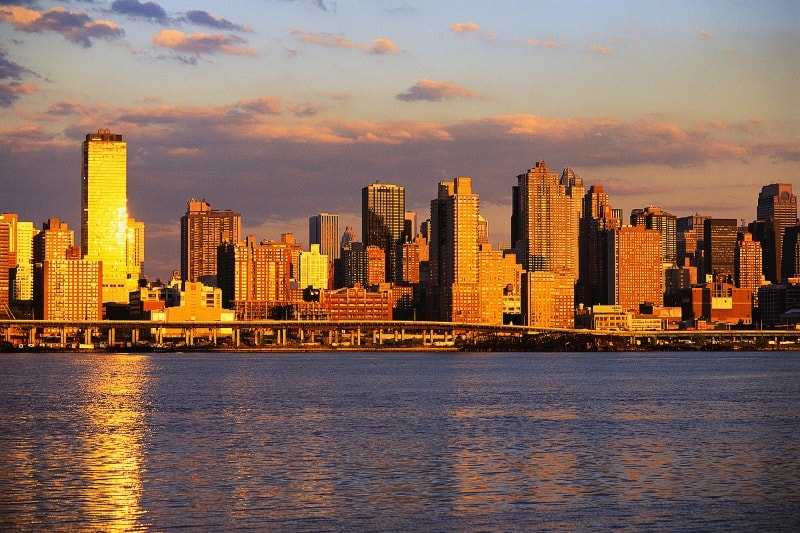
The building’s materials are also environmentally friendly, having strict guidelines that required them to use at least 20% of recycled components and, as much as 85% of the waste from the construction site was recycled as well. Even the wood floors in the building are environmentally friendly, coming from suppliers that qualify for the Forest Stewardship Council certification of promoting reforestation. Special attention was paid to the kitchens in this magnificent construction, having only Energy Star appliances and the cabinetry being entirely made out of renewable bamboo origin.

As much as 35% of the electricity of The Visionaire comes from renewable sources and its photovoltaic system can produce up to 48 000 watts. Adding to this, the design of the glass walls was put into place with the objective of utilizing natural light as much as possible to reduce energy consumption.
To finish, in order to reduce the building’s carbon footprint, an onsite wastewater and reclamation system is in place, this allows the building to collect up to 25 000 gallons of water a day, later used for the cooling system of the building.
In conclusion, we can see that an immense amount of work was deployed in order to achieve the project, nevertheless, this is the proof that excellent quality conditions don’t translate into a polluted environment and that sustainability can go along exigent living conditions.
